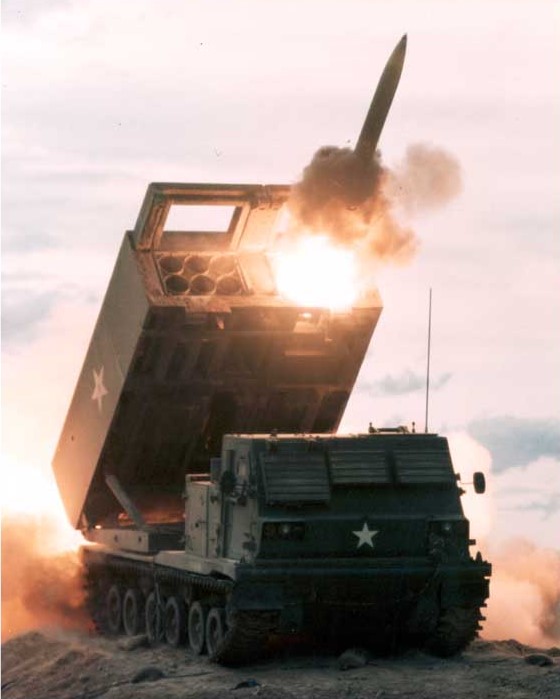|
30 cm Nebelwerfer 42
The 30 cm Nebelwerfer 42 (30 cm NbW 42) was a Military of Germany, German multiple rocket launcher used in the Second World War. It served with units of the ''Nebeltruppen'', the German equivalent of the U.S. Army's ''Chemical Corps (United States Army), Chemical Corps''. Just as the ''Chemical Corps'' had responsibility for poison gas and smoke weapons that were used instead to deliver high-explosives during the war so did the ''Nebeltruppen''. The name "Nebelwerfer" is best translated as "Smoke Mortar". It saw service from 1943 to 1945 in all theaters except Norway and North Africa Campaign, North Africa. Description The ''30 cm NbW 42'' was a six-barreled rocket launcher mounted on a two-wheeled carriage converted from the launcher for the 28/32 cm Nebelwerfer 41 by changing the open metal launcher frame. Its ''30 cm Würfkorper 42 Spreng, 30 cm Wurfkörper 42 Spreng (explosive missile)'' rocket was spin-stabilized and electrically fired. The rockets had a prominent exh ... [...More Info...] [...Related Items...] OR: [Wikipedia] [Google] [Baidu] |
Rocket Artillery
Rocket artillery is artillery that uses rocket explosives as the projectile. The use of rocket artillery dates back to medieval China where devices such as fire arrows were used (albeit mostly as a psychological weapon). Fire arrows were also used in multiple launch systems and transported via carts. First true rocket artillery was developed in India by the Kingdom of Mysore. In the late nineteenth century, due to improvements in the power and range of conventional artillery, the use of early military rockets declined; they were finally used on a small scale by both sides during the American Civil War. Modern rocket artillery was first employed during World War II, in the form of the German Nebelwerfer family of rocket ordnance designs, Soviet Katyusha-series and numerous other systems employed on a smaller scale by the Western allies and Japan. In modern use, the rockets are often guided by an internal guiding system or GPS in order to maintain accuracy. History Early history ... [...More Info...] [...Related Items...] OR: [Wikipedia] [Google] [Baidu] |
